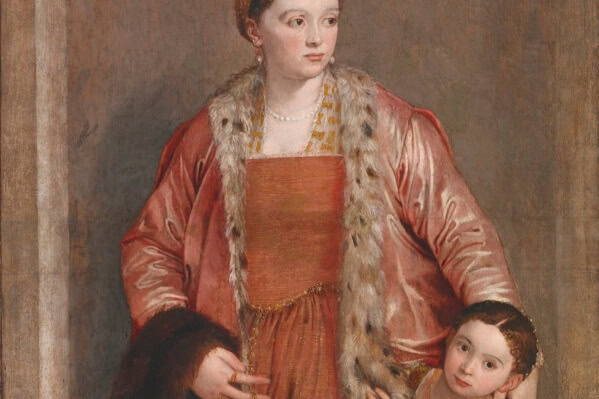Have you ever wondered about artistic taste – what it is, whether you have it, and what yours looks like? Do you want to make it easier to figure out which artworks you’ll probably enjoy? Or are you looking for tips on expanding your horizons?
Welcome to my short series about discovering your artistic taste. Over the next three posts, you’ll learn what artistic taste is, how to identify yours, and some ways to expand it.
What is artistic taste?
There are several different ways we could define artistic taste, but today, we’re talking about the simplest – your own individual preferences. You can think of it like preferences in food. If you love peanut butter and hate pizza, that’s your taste and thus is totally valid, even if others don’t feel the same way.
Having some kind of visual taste is a natural and automatic part of seeing things. Even if you think you have no taste, you’ll see two paintings and prefer one to the other, even if you don’t know why. If you’ve ever had two different posters and chose one to hang on your wall, you’ve already demonstrated some degree of visual taste.
The word “taste” often implies judgment when defined other ways. When people talk about taste, they often mean someone’s ability to recognize and prefer supposedly-superior options over inferior ones. But that’s not what we’re talking about here. We’re simply referring to personal preferences, not value judgements. And whatever your taste is, it’s totally valid.
Why care?
If artistic taste is personal and automatic, and it doesn’t involve learning to recognize “superior” art, what’s there to talk about? For one thing, just because we all have innate taste doesn’t mean we’re consciously aware of it. Discovering your taste can be fun and interesting, give you some personal insights, and help you to find more art you’re likely to enjoy.
Secondly, it’s nice to challenge and develop your taste. This doesn’t mean changing your preferences, but rather expanding your horizons, discovering additional favorites, and learning more about what you already enjoy. Taste rarely stays static over time. Mine has changed so much in the time that I’ve been an art historian, mostly expanding as I’ve learned more about different types of art. It’s very rare for me to completely cease liking something I once enjoyed.
All that said, the goal is never to feel any particular way about any particular artwork, even one that other people tend to have strong opinions on.
Food for thought
- What does “taste” mean to you?
- If someone asked you, right now, what your favorite kind of art is, what would you say?
Featured image: Paolo Veronese, Portrait of Countess Livia da Porto Thiene and her Daughter Deidamia (detail), 1552. The Walters Art Museum, Baltimore.


